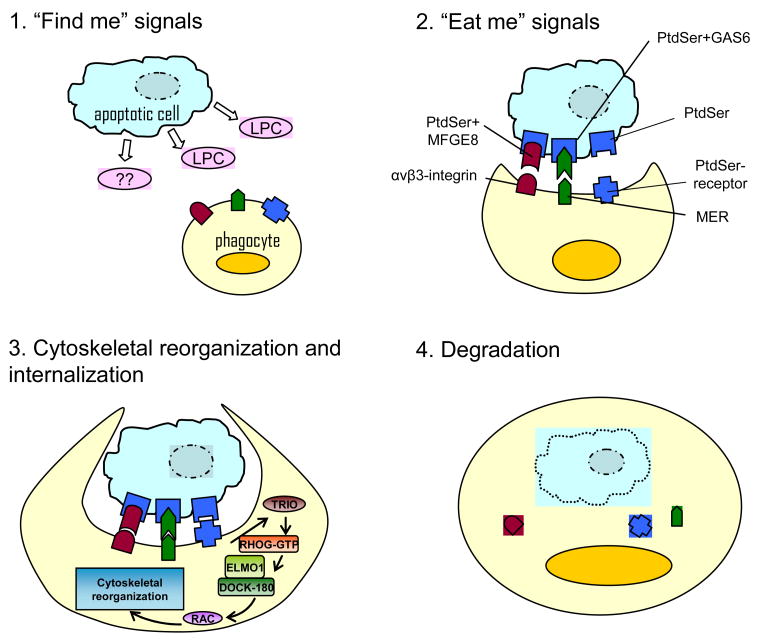Figure 1. Phagocytosis of apoptotic cells.
At the early stages of apoptosis the dying cell releases the “find-me” signals that facilitate the recruitment of phagocytes, it is generally accepted that multiple find-me signals work together in this process but only data about lipid lysophodphatidylcholine (LPC) are found. Apoptotic cells then express membrane eat-me signals which are recognized by phagocyte receptors; phosphatidylserine (PtdSer) is the key receptor in this process and binds mainly the Phosphatidylserine-receptor on the phagocyte. The PtdSercan also be expressed by the apoptotic cell conjugated to milk fat globule EGF factor 8 protein (MFGE8) or growth-arrest-specific 6 (GAS6), which in turn can be recognized by the phagocyte receptors αv β3-integrin and MER. The cytoskeletal reorganization involves RHO family GTPases (i.e. RAC), ELMO1 (engulfment and cell motility 1), DOCK180 proteins represent one mode of activation. Other modes of activation may also exist (not shown). After internalization, actin is shed from the phagosome and the phagosome matures by a series of fusion and fission events with components of the endocytic pathway culminating in the mature phagolysosome

